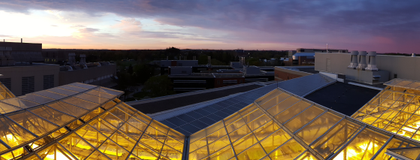
Infrastructure and Facilities
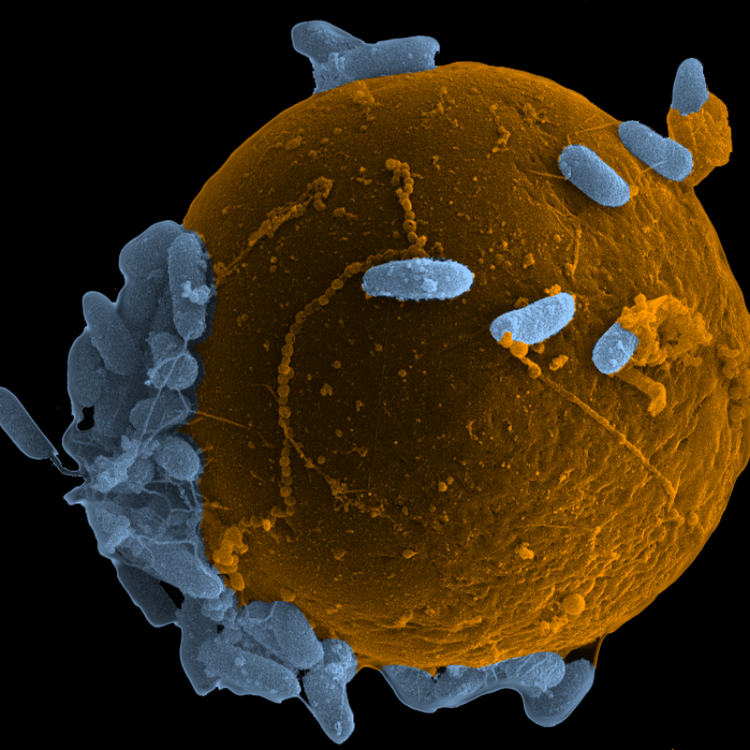
Advanced Analysis Centre
The Advanced Analysis Centre provides modern, centralized advanced analysis capabilities for the University of Guelph including facilities for Genomics, Electron Microscopy, Confocal Microscopy, Mass Spectroscopy and Nuclear Magnetic Resonance.
Centre for Biodiversity Genomics
The Centre for Biodiversity Genomics is a global leader in developing and using DNA-based identification systems to discover, catalogue and monitor the diversity of multicellular life around the world. CBG employs sequence diversity in short, standardized gene regions (DNA barcodes) to enable fast, inexpensive, and accurate species discrimination. This approach and its derived technologies (eDNA, metabarcoding) are transforming humanity’s capacity to understand and protect biodiversity.
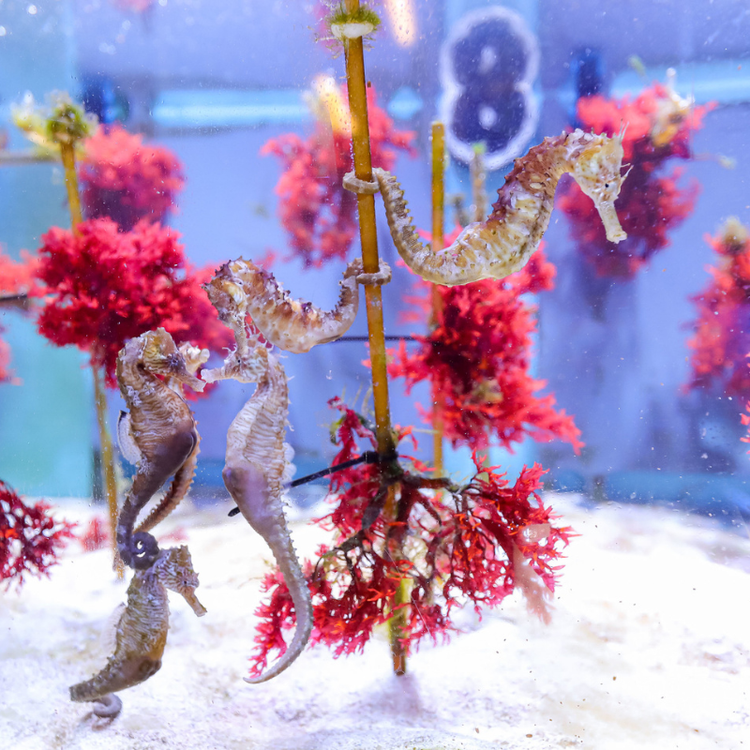
Hagen Aqualab
The Hagen Aqualab is a technologically advanced aquatic research facility. This facility was initially approved for use in January 1996 when the first research project began and is operated primarily by the Department of Integrative Biology. The Aqualab uses recirculation systems to maintain water quality and is a state-of-the-art research facility that is designed with flexibility in mind. The systems were designed to accommodate research projects of moderate size, this facility was not designed for large-scale production experiments. The facility uses up to 70% re-circulated water in the experimental rooms and 95% re-circulated water in the general holding room. Aqualab was designed for a wide variety of aquatic related activities such as embryology, physiology, behaviour, toxicology, parasitology, disease and genetics.
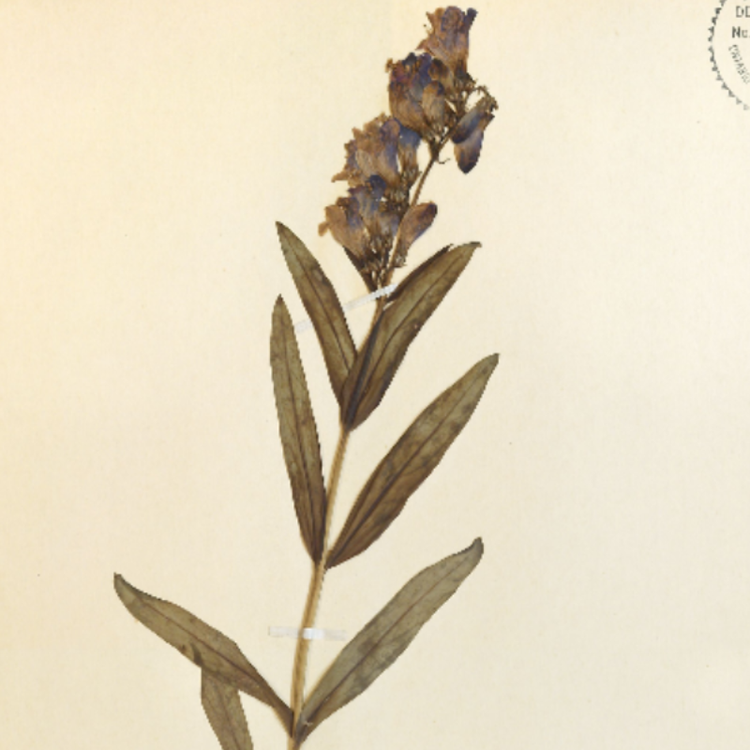
Herbarium
The University of Guelph Herbarium Collection (OAC) is a unique facility, underpinning historical and contemporary studies in plant biodiversity at the university. It was founded in 1880 as part of the Ontario Agricultural College (OAC) 84 years before the University of Guelph was founded (in 1964). As a working repository of plant specimens, it supports plant biodiversity research across campus and globally, provides hands-on training for undergraduates and graduate students, and is a central hub for knowledge translation and engagement with industry and the public.
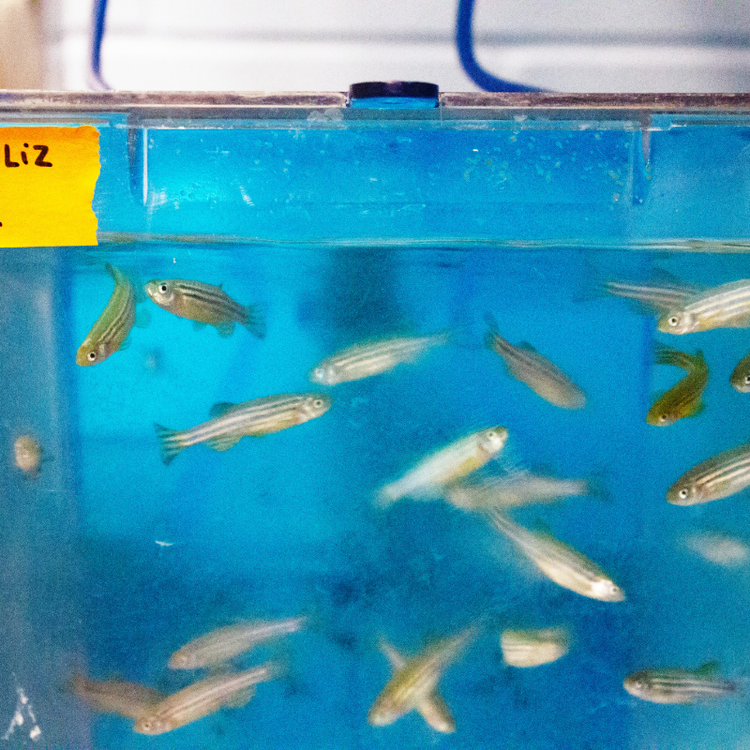
Zebrafish Procurement
The Hagen Aqualab Zebrafish Facility is able to provide wild-type zebrafish to academic institutions, government facilities and private industry. Additionally, Tubingen zebrafish will be available in the coming months. Fish are available at any life stage and either gender. Zebrafish are raised in aquatic habitats in recirculated well water with environmental enrichment. Live artemia cultures are available to researchers at the University of Guelph.
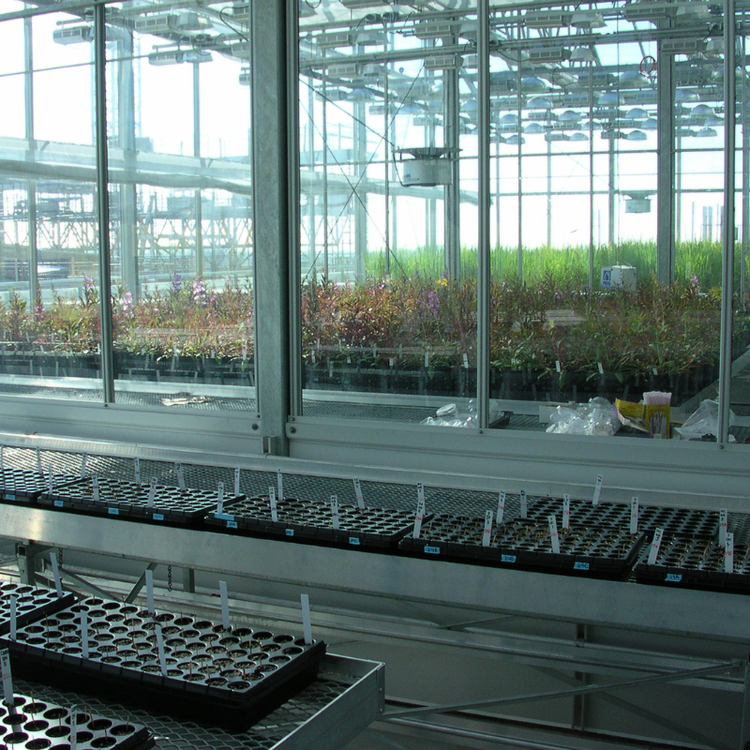
Phytotron
The University of Guelph Phytotron is located on the roof of the Science Complex and serves as the primary plant growth facility for faculty, staff and students in the College of Biological Sciences. The goal of the University of Guelph Phytotron is to provide and maintain controlled environment space necessary for research and teaching.
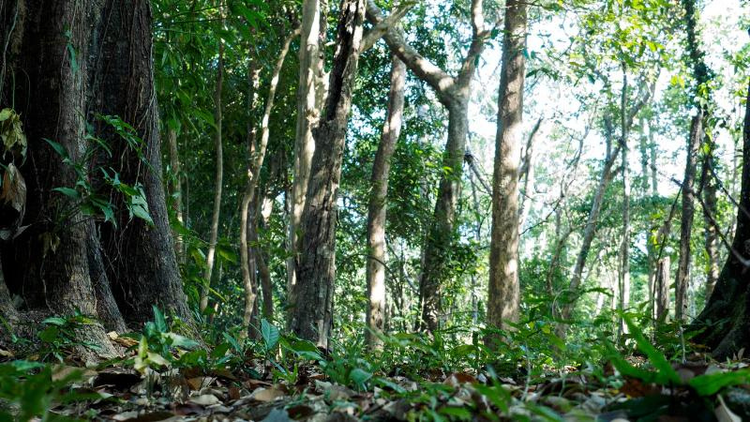
Algonquin Wildlife Research Station
The Algonquin Wildlife Research Station is a non-profit field station in Algonquin Park, Ontario that hosts researchers, field courses, and workshops.
Huntsman Marine Science Centre
The Huntsman Marine Science Centre (HMSC) is a unique independent not-for-profit scientific institution; with a mission of education, research, and technology transfer to industry. Located near the mouth of the Bay of Fundy, in eastern Canada, the HMSC is perfectly positioned to access one of the world's most biologically diverse marine ecosystems.
